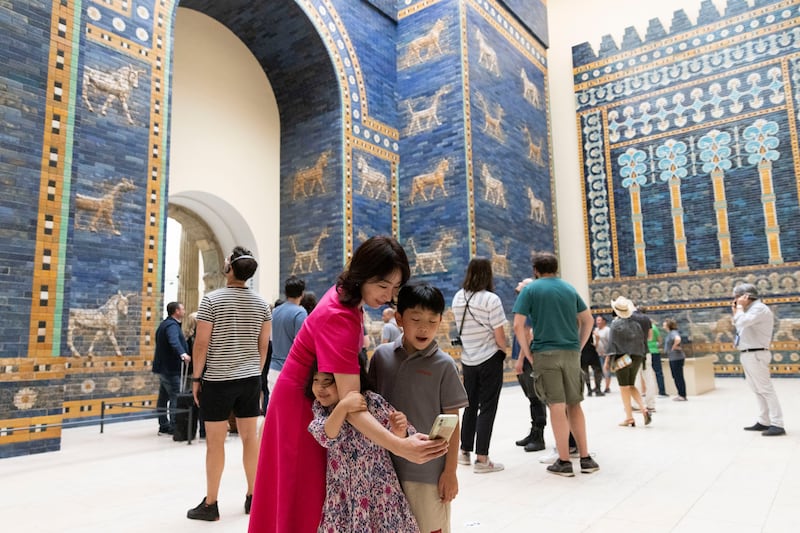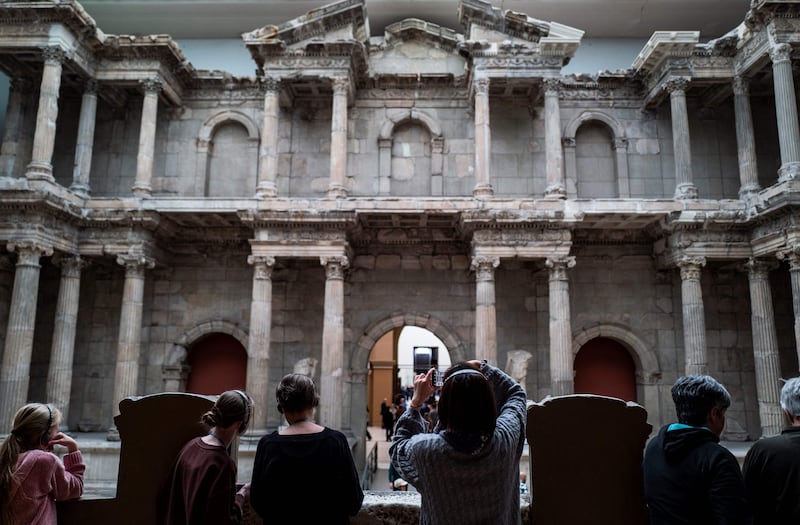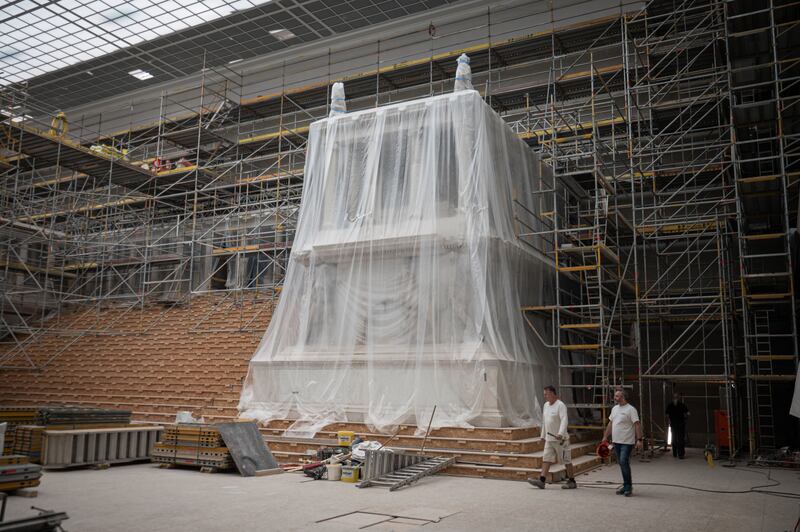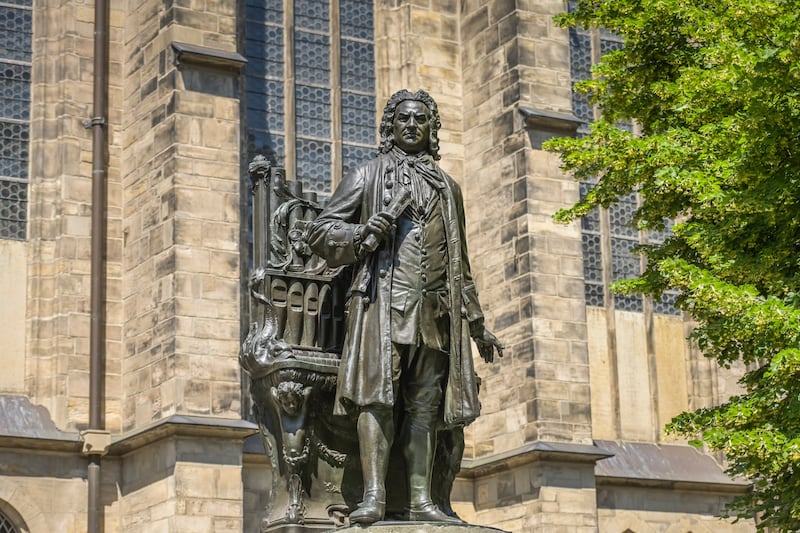Angela Merkel is a patient woman, as she proved during her 16 years in power dealing with political rogues like Silvio Berlusconi and Donald Trump. But even she has her limits.
For her entire four terms in office, the 70-year-old ex-chancellor stepped out of her apartment building each morning and faced into the building site that is Berlin’s Museum Island.
Even three years after she retired from office, each day brings new audiovisual assaults: scaffolding, rubble, hammering, chugging and unexplained bangs.
It’s been like this since 2000 and, by some estimates, we are only halfway through. After recent disasters in the building of new airports, concert halls and train stations, Berlin’s Museum Island may offer the greatest proof yet of the myth of German efficiency.
Marine Le Pen’s presidential ambition may be in ruins but court verdict does not end her influence
Leipzig stays true to Bach, 340 years on
‘No one will be left behind’: Ukraine struggles to return Mariupol defenders from Russia three years after port siege
‘The scene was like the end of the world’: Thailand reels from earthquake
Dating back to 1830, the five historic museums here suffered severe wartime damage and decades of East German neglect. It was 2009 before the rebuilt Neues Museum reopened as the new, old home of the beautiful bust of Egyptian Queen Nefertiti.
Next door, meanwhile, a slow-moving disaster is unfolding at the Pergamon Museum.
The sprawling three-wing complex from 1930 attracts one million visitors annually to see the reconstructed 15m high Ishtar Gate from Babylon and the museum’s eponymous altar.
This originated more than 2,000 years ago in the city of Pergamon, now in Turkey, and is an awe-inspiring sight. About 36m high and 33m long, it is topped by friezes showing mythic battles between order-giving gods and chaos-loving giants.

After years of on-off renovations, the Pergamon Museum closed its doors entirely last October, will reopen partially in 2027 and fully in 2037. Perhaps. Those who know this building site from the inside say it remains a nail-biting battle between the gods and the giants.
Original renovation costings have ballooned 500 per cent to the current estimate of €1.5 billion, with further cost increases likely in this unique collision of modern bureaucratic incompetence with century-old architectural sins.
Like other museums on the island, much of the Pergamon museum foundations combine rubble, stabilising wooden stilts and stone supports to compensate for the silty ground and surrounding river water.
During the first renovation phase a decade ago, work to stabilise the stilts and dig deeper for a new cellar revealed that much of the old support structure had been washed away.
Work was halted when huge cracks appeared in cellar walls, the stabilisation work took five years and costs leapt to €50 million – with legal action still ongoing between the contractor and the federal building office (BBR).
Germany’s equivalent to the Office of Public Works, the BBR is notorious among private building contractors in Germany, at least 17 of which have come and gone on the Pergamon project.

This week Der Spiegel argued that the BBR had “lost control years ago” of what it calls the “Pergamonster”.
“Like a hydra, as soon as one problem is solved, two more pop up,” it noted. “Those responsible find themselves in a maze of procurement law, legal snares and a dozen participants.”
Like other critics, the magazine says another state body can share the blame for the chaos and runaway costs: the SPK foundation, which owns the museum contents.
In an echo of Berlin’s disastrous BER airport, SPK officials have a bad habit of presenting architects with new ideas, late in the day, from solar roof panels to unisex toilets, requiring costly redrafts.
“Neither the construction time frame nor budget will be met,” predicted Berlin’s BZ tabloid this week. “And, as always, the taxpayer foots the bill.”
State bodies involved in the project push back against their critics. They are correcting decades of neglect while making dramatic new additions, they say, such as a new wing in the Pergamon courtyard.
To counter the critics, BBR director Barbara Grosse-Rhode, the ultimate boss of the renovation, presented the Pergamon Altar room on a recent site visit.

It is almost finished with a new floor and room-sized skylight. Behind a protective scaffolding, the renovation of the altar itself was also nearing completion.
“This is a very complicated building where elements are interlinked,” said Grosse-Rhode. “We’ve had to take a lot of time to retain historical elements which aren’t necessarily visible but which are an intrinsic part of a monument like this.”
While Angela Merkel grits her teeth and hangs on a little longer, visitors to Berlin’s Museum Island can visit a temporary Pergamon museum across the road from the original. Inside, a frieze by artist Yadegar Asisi imagines what the altar looked like in its original home.

















